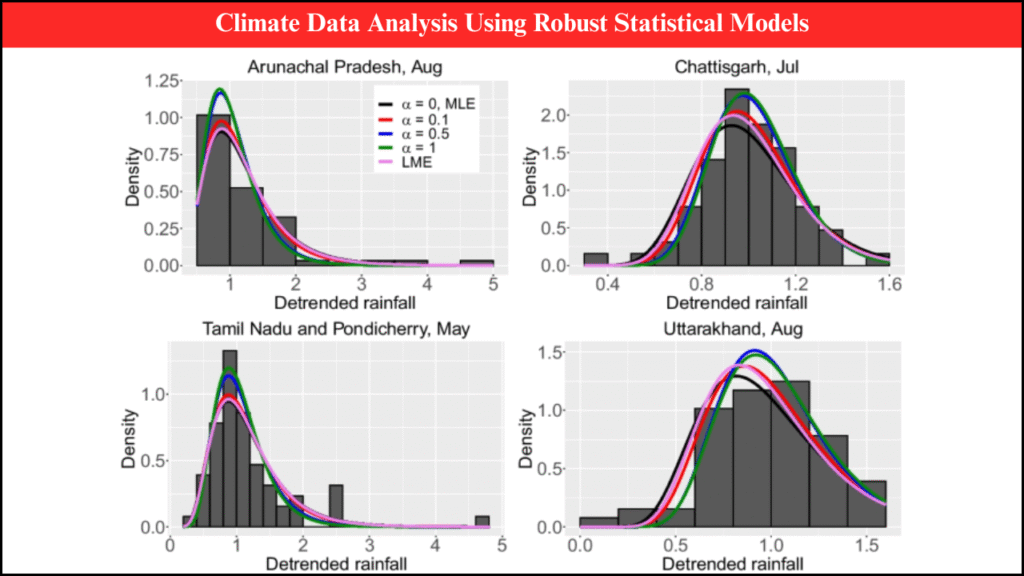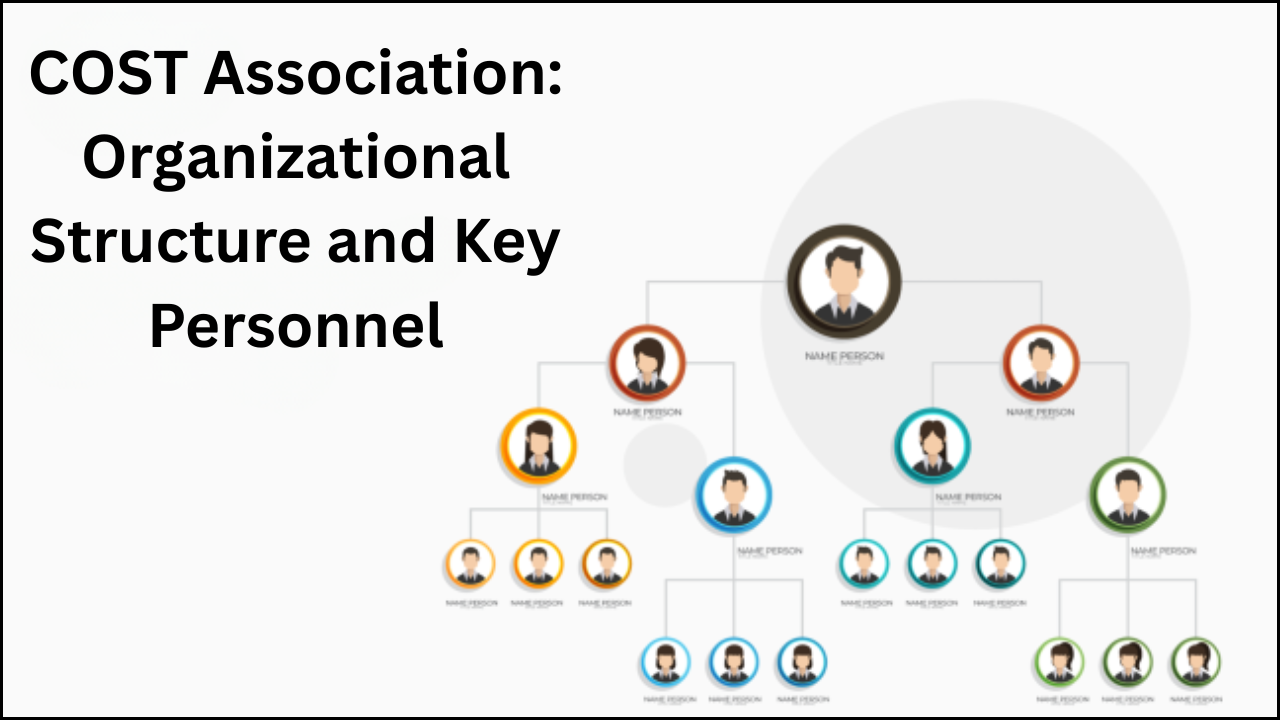
Climate systems exhibit high variability and complex interactions that span local, regional, and global scales. Understanding these systems requires precise analytical techniques that can handle noisy, incomplete, and non-linear data. Robust statistical models are essential for climate data analysis, as they reduce sensitivity to outliers and provide reliable insights into trends, variability, and extreme events. These models are increasingly applied in climate research to inform policy decisions, improve predictive capabilities, and guide resource management under changing environmental conditions.
Table of Contents
Understanding Robust Statistical Models
Robust statistical models are designed to provide reliable results even when data deviates from ideal assumptions, such as normality or homoscedasticity. They reduce the influence of outliers, measurement errors, or missing values, which are common in climate datasets collected from satellites, weather stations, and ocean buoys. Robust modeling allows researchers to derive more accurate estimates of climate trends, variability, and extreme event probabilities.
Key Components of Robust Statistical Models
- Outlier Resistance: These models minimize the impact of extreme or anomalous data points, ensuring that analyses reflect the underlying climate patterns rather than isolated measurement errors.
- Handling Missing Data: Robust techniques can accommodate incomplete datasets without biasing the results, which is crucial in global climate monitoring, where gaps are frequent.
- Non-Parametric Methods: Some robust models do not assume a specific data distribution, making them suitable for skewed or irregular climate datasets.
- Weighted Analysis: Assigning weights to observations based on reliability or variance allows for improved estimation while controlling for extreme values.
Applications in Climate Data Analysis
Robust statistical models are used in a variety of climate research areas:
| Application Area | Robust Model Used | Outcome |
|---|---|---|
| Temperature Trend Analysis | Robust regression, Theil-Sen estimator | Accurate estimation of long-term warming trends |
| Precipitation Variability | Quantile regression, Median absolute deviation | Detection of extreme rainfall events and trends |
| Extreme Event Prediction | Generalized Extreme Value (GEV) models | Identification of heatwaves, floods, and storms |
| Climate Index Development | Robust principal component analysis (PCA) | Reduces influence of anomalous data in indices |
| Drought and Flood Risk Assessment | Robust time series models (ARIMA with M-estimators) | Improved risk assessment for water resource management |
Techniques in Robust Climate Data Analysis
- Robust Regression Models: Techniques such as M-estimators, RANSAC (Random Sample Consensus), and Theil-Sen estimators are applied to detect trends in temperature, precipitation, or sea-level datasets while reducing sensitivity to outliers.
- Non-Parametric Approaches: Methods such as the Mann-Kendall test are widely used to analyze trends without assuming normality, making them suitable for skewed climate data.
- Robust Principal Component Analysis (PCA): Used to extract significant patterns from multivariate climate datasets while minimizing the influence of anomalous observations.
- Extreme Value Analysis: Models like the Generalized Extreme Value (GEV) or Peak Over Threshold (POT) approach are applied to assess the likelihood and magnitude of rare climate events.
Case Studies Demonstrating Robust Statistical Applications
| Case Study | Dataset | Model Used | Result |
|---|---|---|---|
| Global Temperature Trends | Land and ocean temperature | Theil-Sen estimator | Robust detection of warming trends despite outliers |
| Regional Rainfall Extremes | Rain gauge data from India | Quantile regression | Identification of extreme rainfall events |
| Flood Risk Prediction | River discharge data | ARIMA with M-estimators | Reliable forecasting of peak flow events |
| Climate Index Derivation | Multivariate climate indices | Robust PCA | Reduced influence of anomalous observations |
| Heatwave Analysis | Daily temperature records | GEV distribution | Accurate estimation of extreme heat event probability |
Advantages of Robust Statistical Models
- Reduced Sensitivity to Outliers: Ensures that extreme measurements or errors do not skew results.
- Improved Accuracy: Provides reliable trend and variability estimates even with incomplete or noisy datasets.
- Flexibility Across Data Types: Applicable to temperature, precipitation, wind, and other environmental variables.
- Better Risk Assessment: Facilitates accurate modeling of extreme events critical for disaster preparedness.
Challenges in Applying Robust Models
- Computational Complexity: Some robust methods, especially for large datasets, require significant computational resources.
- Model Selection: Choosing the appropriate robust model requires understanding data characteristics and potential biases.
- Integration with Other Methods: Combining robust statistics with machine learning or climate models requires careful calibration and validation.
Technological Tools Supporting Robust Climate Analysis
- High-Performance Computing (HPC): Enables efficient processing of large climate datasets with robust algorithms.
- Advanced Statistical Software: Packages in R (e.g., robustbase, MASS) and Python (e.g., statsmodels, scikit-learn) facilitate robust modeling.
- Remote Sensing Data Platforms: Satellite observations provide global datasets essential for robust multiscale analyses.
- Machine Learning Integration: Hybrid approaches combining robust statistics and machine learning improve prediction and anomaly detection.
Future Directions in Robust Climate Data Analysis
- Hybrid Modeling Approaches: Combining robust statistical models with machine learning and AI to enhance the prediction of climate extremes.
- Real-Time Data Assimilation: Implementing robust models in real-time monitoring systems for adaptive management of environmental hazards.
- Integration Across Scales: Applying robust methods to multiscale datasets to better capture interactions between local and global climate processes.
- Policy Support: Using robust analysis to inform climate adaptation and mitigation strategies by providing reliable trend estimates and risk assessments.
- Enhanced Visualization: Development of robust visualization techniques for stakeholders to interpret complex climate data effectively.
The Bottom Line
Robust statistical models are critical tools for climate data analysis, offering reliability in the presence of noisy, incomplete, or anomalous datasets. By minimizing the influence of outliers and accommodating non-standard data distributions, these models provide accurate insights into climate trends, variability, and extreme events. The application of robust methods enhances climate research, supports policy development, and improves risk management strategies. Continued advancements in computational power, statistical techniques, and data availability will further expand the role of robust statistical models in understanding and responding to global climate challenges.





